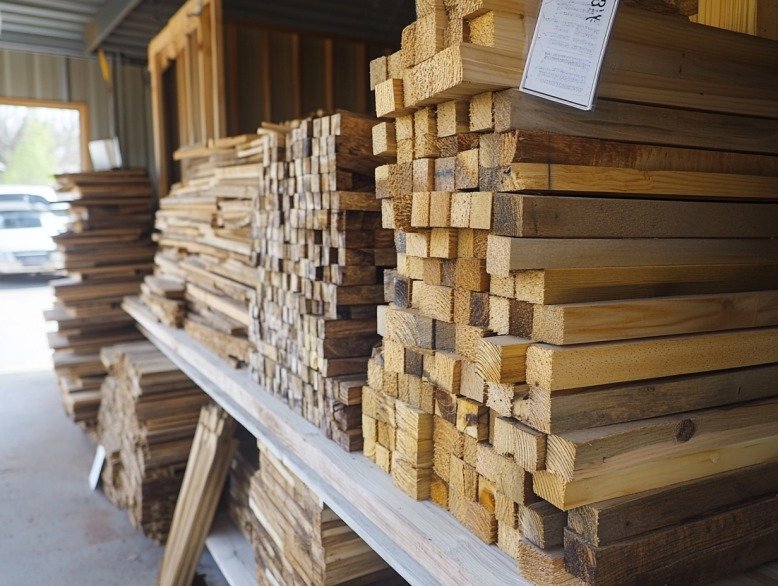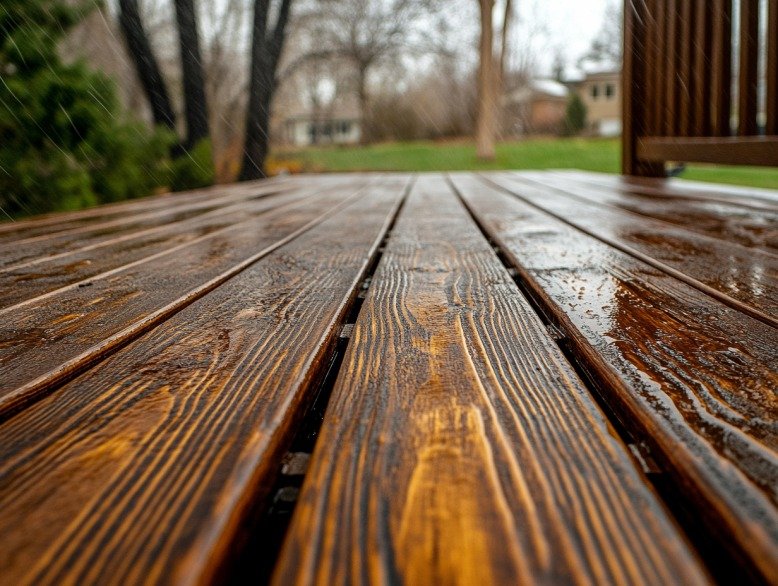
Are you wondering if pressure-treated wood needs to be sealed? It’s a common question among homeowners and builders alike, and the answer depends on several factors.
While pressure-treated wood is inherently resistant to rot and insects due to the chemical preservatives used during its treatment, it does not absolutely require sealing. However, applying a high-quality sealant can provide an added layer of protection. This additional treatment helps to shield the wood from moisture absorption, which can lead to warping or cracking over time. Furthermore, it prevents stains and damage caused by UV rays, rainfall, and extreme weather conditions. Sealing the wood not only enhances its appearance but also significantly extends its lifespan, ensuring it remains durable and functional for years to come, even in harsh outdoor environments..
Understanding the role of sealing in pressure-treated wood can be confusing. While it’s not a requirement, sealing can offer additional benefits. In this article, we’ll explore why and when to seal pressure-treated wood, as well as how it affects the wood’s longevity and appearance.
✖
While sealing is recommended, pressure-treated wood doesn’t always require it. The treatment itself protects the wood from moisture and decay, but sealing can add extra protection against the elements.
✔
Sealing adds an extra layer of protection that helps prevent water absorption, reduces staining, and keeps the wood looking fresh longer.
Why is Sealing Pressure-Treated Wood Important?

Pressure-treated wood is designed to resist moisture and prevent decay, but sealing adds an extra layer of protection. While the treatment process involves infusing chemicals into the wood to protect it from insects, fungi, and moisture, the surface is still vulnerable to environmental factors.
By sealing the wood, you prevent water from seeping into the grain. This is particularly important in areas with frequent rain, snow, or humidity. Moisture absorption can cause the wood to swell, warp, and crack over time, which ultimately shortens its lifespan.
Sealing also helps protect the wood from harmful UV rays that can cause the wood to fade or become discolored. Without proper sealing, the rich natural color of pressure-treated wood will begin to dull over time. A good sealer can help preserve that fresh, vibrant look for much longer.
The Benefits of Sealing Pressure-Treated Wood
- Increased Durability: Sealing protects the wood from absorbing moisture and prevents rot, mold, and mildew.
- Enhanced Appearance: A sealer preserves the wood’s natural color and prevents fading from sun exposure.
- Easier Maintenance: Sealed wood is easier to clean and maintain because it repels dirt, stains, and debris.
✖
Although pressure-treated wood is more resistant to water, it is still not waterproof. Moisture exposure over time can cause damage like warping or cracking if not sealed.
✔
Sealing the wood prevents moisture from penetrating the surface, which helps maintain its original color and prevent discoloration from stains or environmental factors.
When Should You Seal Pressure-Treated Wood?
It’s important to wait before sealing newly pressure-treated wood. Immediately after installation, pressure-treated wood contains excess moisture, and sealing it too soon can trap that moisture inside. This can lead to mold growth, rot, and other issues down the line.
Typically, you should wait about 2-3 months after installation to allow the wood to dry out completely. You can test this by sprinkling water on the surface. If it beads up and sits on top, the wood is still too wet to seal. If the water is absorbed, the wood is ready for sealing.
For ongoing maintenance, you should reseal pressure-treated wood every 1-3 years, depending on the type of sealer used and the level of exposure to weather conditions. Areas that experience harsh winters or high humidity may need resealing more frequently.best pra1ctices for sealing pressure-treated wood
✖
Sealing pressure-treated wood too soon can trap moisture inside the wood, leading to mold and mildew growth. It’s better to wait until the wood has dried properly before applying a sealant.
✔
You don’t need to reseal pressure-treated wood every year. Most experts recommend resealing every 1-3 years depending on factors like weather and usage.
How to Seal Pressure-Treated Wood

Sealing pressure-treated wood is a relatively straightforward process, but it requires the right tools and technique for the best results. Follow these steps for sealing your wood effectively:
- Clean the Surface: Before sealing, make sure the wood is free from dirt, dust, and debris. A pressure washer or a simple scrub with soap and water can do the trick. Allow the wood to dry completely.
- Choose the Right Sealer: There are several types of sealers available, including clear, tinted, and semi-transparent finishes. Choose a sealer designed for outdoor use, specifically for pressure-treated wood, to ensure proper protection.
- Apply the Sealer: Using a paintbrush, roller, or sprayer, apply a generous coat of sealer to the wood. Be sure to cover every surface, including the ends of the boards. Work in sections to ensure even coverage.
- Allow to Dry: After applying the sealer, let the wood dry for 24-48 hours before exposing it to rain or moisture. Check the manufacturer’s instructions for the specific drying time.
- Reseal as Needed: Over time, the sealer may wear off, especially in high-traffic areas or places exposed to harsh weather. Reapply the sealer as necessary to maintain optimal protection.
✔
Cleaning the surface of the wood is essential to ensure the sealer adheres properly and lasts longer.
✖
Sealing wet wood traps moisture inside, which can lead to mold or mildew growth. It’s important to wait for the wood to dry fully before sealing.
Alternatives to Sealing Pressure-Treated Wood

If you don’t want to use a traditional sealer, there are other options to protect your pressure-treated wood. Some of these include:
- Oil-Based Stains: These can penetrate the wood and provide protection from both moisture and UV rays, while also enhancing the wood’s natural beauty.
- Waterproofing Wood Treatments: These treatments offer long-term protection against moisture without altering the wood’s appearance.
- Wood Preservatives: These are chemicals that can be applied to pressure-treated wood to prevent decay, insect infestations, and other forms of damage.
Each of these alternatives comes with its own set of advantages and drawbacks, so consider your project’s needs before making a decision.
For a detailed comparison of different wood treatment options, check out this guide to oil-based stains.
✖
Oil-based stains provide a protective barrier against moisture, as well as UV protection.
✔
Waterproofing treatments may not offer as much UV protection as sealers and may not be as effective in preserving the wood’s appearance over time.
Conclusion
While pressure-treated wood doesn’t absolutely require sealing, doing so can significantly enhance its durability, appearance, and overall lifespan. Waiting for the right moment to seal, choosing the appropriate product, and following proper application techniques can ensure that your pressure-treated wood remains in good condition for many years to come.
By understanding when and how to seal pressure-treated wood, you can get the most out of this durable and versatile material.
